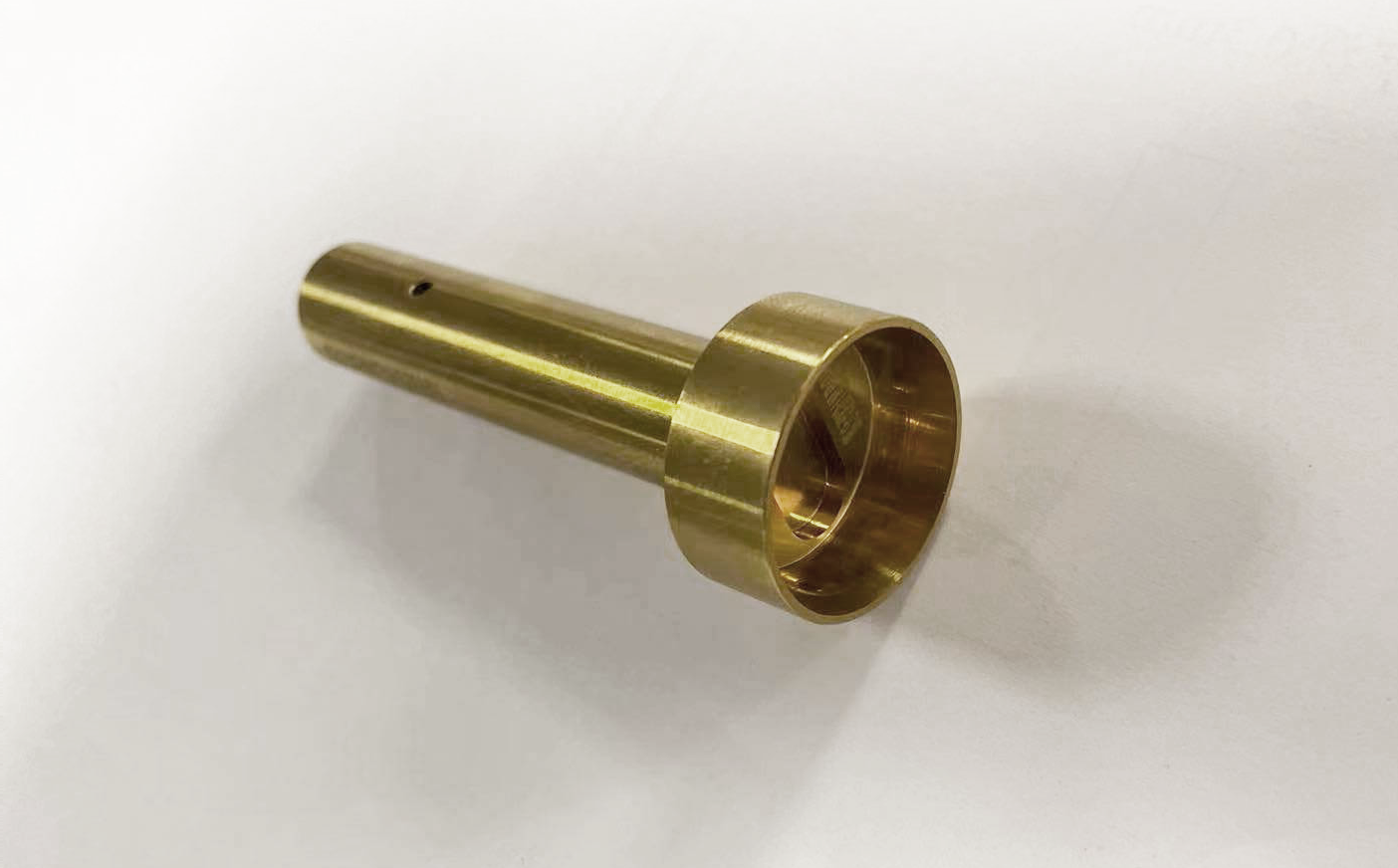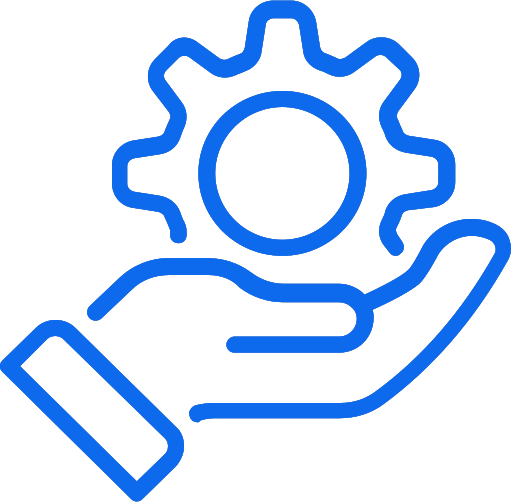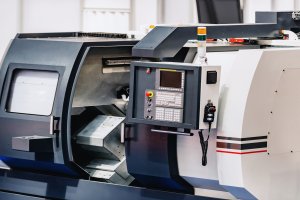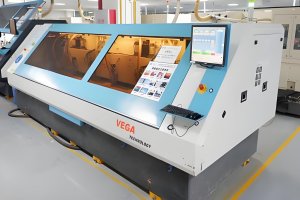Introduction to Precision Machined Copper and its Care
Precision machined copper components are essential in a variety of high-tech industries due to their excellent electrical and thermal conductivity, coupled with good corrosion resistance and mechanical strength. These parts can be found in electrical equipment, heat exchanges, automotive applications, and intricate electronics where precision functionality is paramount. Ensuring these components receive proper care is vital not only for maintaining their operation but also for preserving their aesthetic quality. Regular cleaning, appropriate storage, and handling practices form the cornerstone of preventative maintenance that keeps the integrity of copper components intact, allowing them to perform effectively in their specific application environments.
Understanding the Characteristics of Copper
The maintenance needs of precision machined copper parts are directly influenced by their inherent properties, including high thermal and electrical conductivity as well as exceptional malleability. These characteristics make copper an ideal choice for components that require efficient heat dissipation or electrical conduction. However, copper is also prone to corrosion and tarnishing when exposed to various environments, particularly those with sulfur compounds or high humidity. A familiar encounter is the gradual appearance of a greenish layer called patina, which occurs due to corrosion from prolonged exposure to elements. Tarnishing can affect the aesthetic and functional quality of the part, while severe corrosion might compromise its structural integrity. Therefore, understanding these issues is critical in implementing effective maintenance strategies for copper parts.
Routine Cleaning Procedures
To maintain the integrity and appearance of precision machined copper parts, regular cleaning is essential. A recommended solution for cleaning is a mixture of warm water and mild dish detergent, which effectively removes dirt without damaging the metal’s surface. Using a soft cloth or sponge, gently apply this solution to the part in a circular motion to avoid scratching. Afterward, it’s crucial to rinse the component with clean water to remove any residual soap. Finally, drying should be done promptly using a soft towel to prevent water spots; then, to restore its lustrous shine, polishing with a specialized copper polish can be done sparingly. This method ensures thorough cleaning while preserving both the functionality and aesthetics of the copper components.
Storage and Handling Practices for Precision Machined Copper Parts
Copper parts that have been precision machined require careful storage to maintain their integrity and functionality. The ideal storage conditions involve maintaining a clean, dry environment free from corrosive chemicals or extreme temperature fluctuations which can cause material degradation over time. When handling these components, it’s vital to wear gloves to prevent oils from the skin transferring onto the surface, leading to tarnishing. Additionally, holding copper parts with soft, non-abrasive materials minimizes risks of scratches and dents that could compromise their precise specifications. For instance, when moving a delicate copper component, using padding such as foam or soft cloths will provide protection against accidental impacts.
Protective Measures to Prolong the Lifespan of Precision Machined Copper Parts
To ensure a long and reliable service life for precision machined copper parts, applying protective coatings or sealants is crucial. These barriers shield the delicate metal surfaces from environmental factors like oxidation, corrosion, and wear that can compromise their integrity over time. Regular inspection is also vital; meticulously checking for signs of wear or potential damage enables early intervention, which prevents minor issues from escalating into costly problems. For example, industrial machinery components made of precision machined copper may benefit greatly from periodic applications of anti-corrosion treatments and scheduled maintenance checks to detect any surface abnormalities or imperfections.
Periodic Maintenance and Professional Care
To ensure the longevity of precision machined copper parts, it is crucial to establish a schedule for in-depth maintenance checks. This typically involves periodic cleaning, lubrication, tightening of components, and inspection for wear or damage which could impede their performance. The frequency of these check-ups should reflect the operational environment and workload; however, a yearly review can serve as a general guideline. Recognizing when professional servicing is required hinges on detecting abnormalities such as unusual noise, unexpected friction, or signs of corrosion which are beyond basic care. Deploying the expertise of professionals is vital when confronted with complex issues, ensuring that the intricacies of the machining work are preserved without causing additional harm through well-intentioned but incorrect self-servicing.
Common Mistakes in Copper Part Maintenance
Maintaining precision machined copper parts necessitates a mindful avoidance of detrimental practices to ensure longevity and optimal performance. A significant error often made is neglecting regular cleaning, which can lead to the accumulation of grime and corrosive substances that tarnish and degrade the material. Overlooking periodic inspections for wear or damage also compromises the part’s structural integrity. Using incorrect or abrasive cleaning agents can cause irreparable scratches or surface alterations. Additionally, improper storage conditions such as high humidity levels may induce corrosion. These maintenance missteps not only diminish the aesthetic appeal but more critically, they can result in electrical conductivity issues, reduced thermal management efficiency, and ultimately premature failure of the component, undermining its functionality within larger systems.
Other Articles You Might Enjoy
- The Ultimate Guide to Acquiring CNC Machined Parts
In today's business landscape, there are two main categories: production and services. While service-based businesses are easier to establish, production businesses hold greater potential for growth. If you're considering venturing…
- Enhancing CNC Machining with Smart Alloys: Shape Memory Metals vs. Traditional Alloys
Introduction to CNC Machining Computer Numerical Control (CNC) machining stands as a cornerstone in modern manufacturing, enabling the precise and automated shaping of materials. This technology relies heavily on the…
- Unraveling the World of CNC Machined Plastic Parts(CNC machined plastic parts Mabel)
Modern innovations have taken traditional manufacturing methods to new heights. One such innovation that stands out is Computer Numerical Control (CNC) machining, a process used extensively in various industries from…






